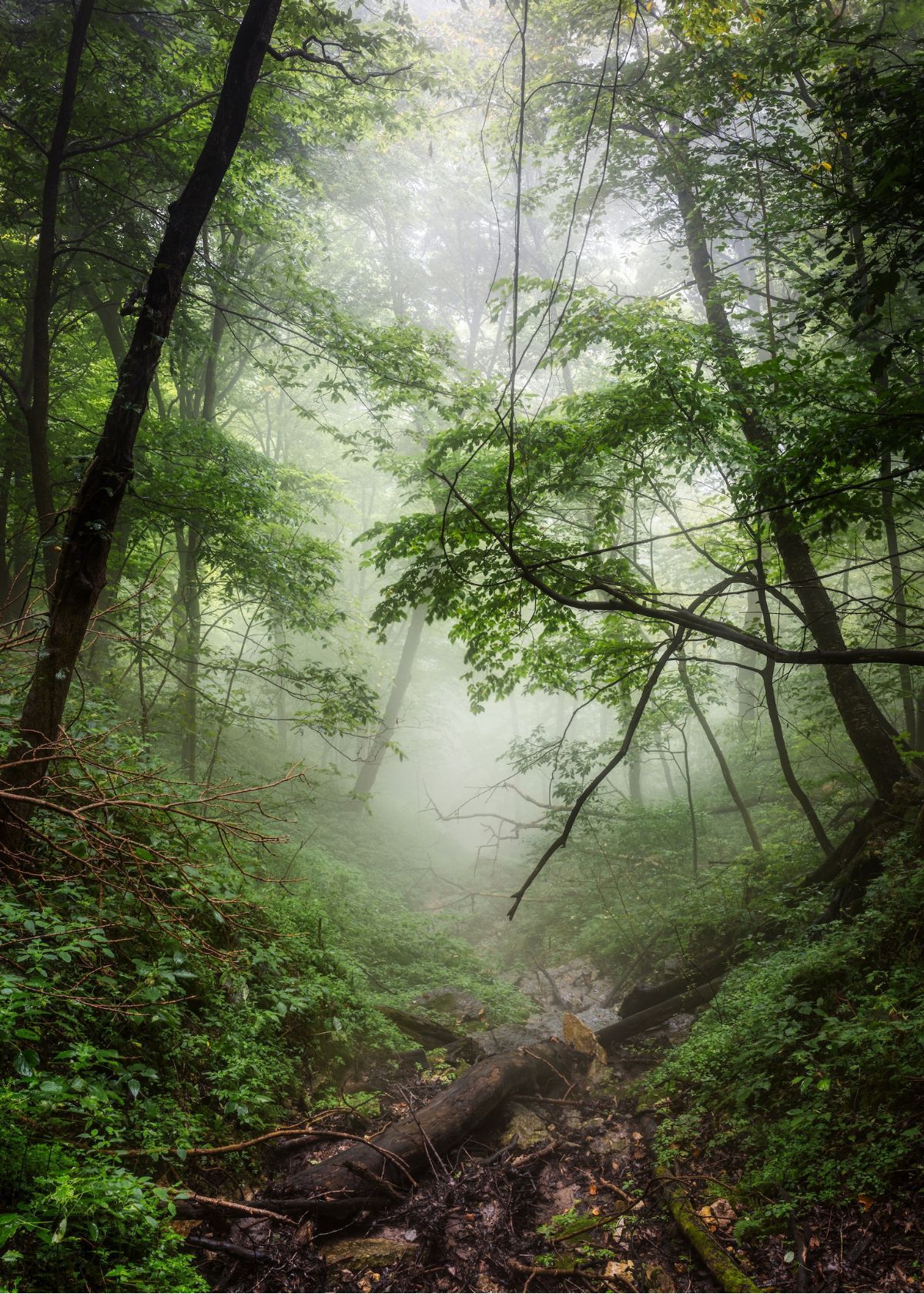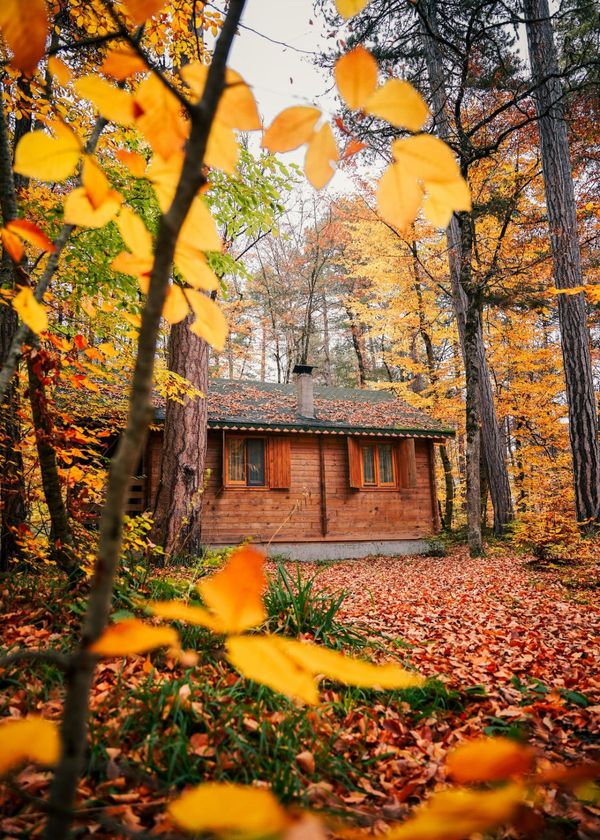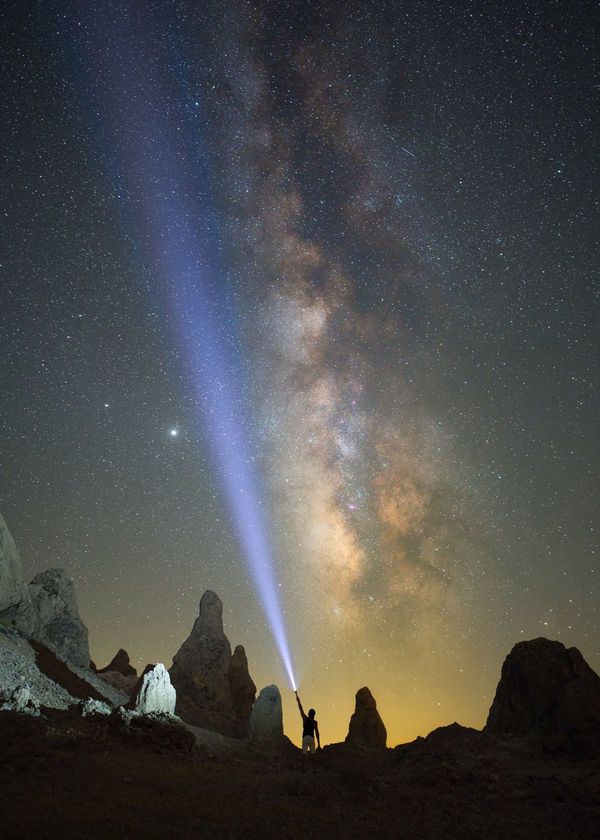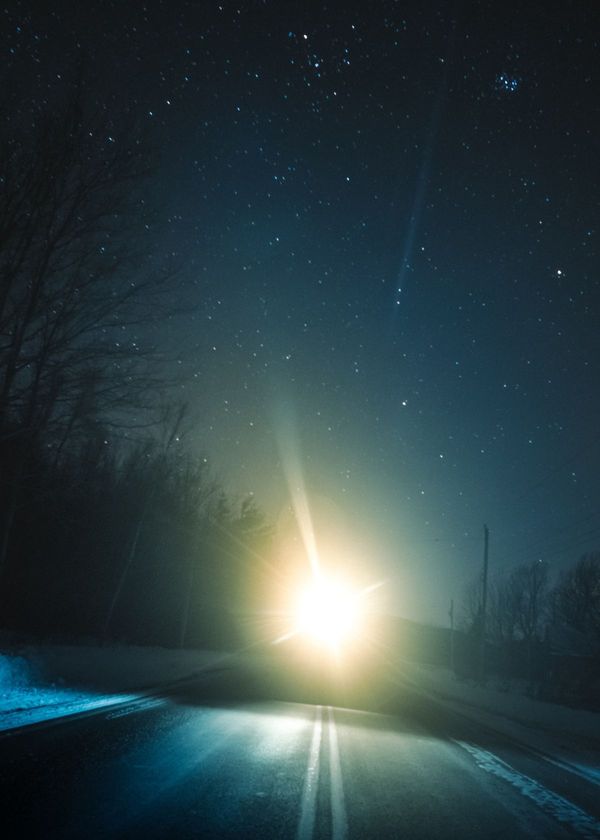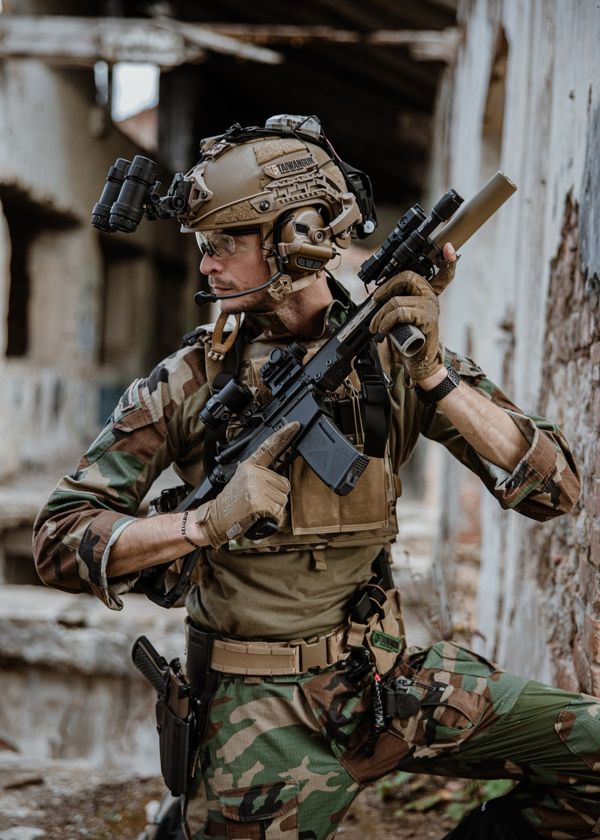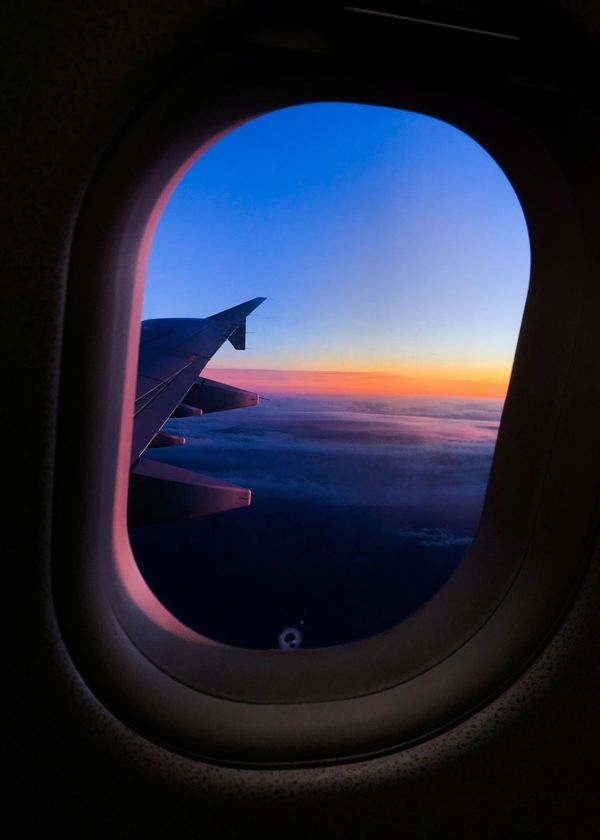Are you looking to take your outdoor adventures to the next level?
Let Moultrie Trail Camera help! Our advanced technology allows you to capture images of wildlife that you've been waiting years to get a glimpse of.
With our motion-triggered cameras, infrared flash and lightning-fast trigger speeds, we make it easy for nature enthusiasts like yourself to experience the outdoors in a whole new way.
Whether you're trying to spot deer or turkeys in your backyard, keep an eye out for predators on your property or just capture memories from a relaxing camping trip – with Moultrie Trail Camera, there's no limit to what's possible.



Moultrie Trail Camera Buyer's Guide
Trail cameras (also known as game cameras) have come a long way from the early days of placing a regular 35mm camera into a weather-proof housing and wiring it to a motion sensor to scout wildlife.
Now trail cameras are digital, simpler to use, smaller in size, and have a wide variety of uses thanks to advances in camera technology and design.
With so many options and camera features, it’s important to consider how you will use your trail camera, the different types of cameras, and which features you will need.
Learn more to choose the best trail camera for your needs with our camera buying guide.
What Are Trail Cameras Used For
Traditionally, trail cameras are used as hunting cameras for wildlife scouting.
But beyond scouting, trail cameras are becoming more popular outside of the hunting world. Nature and outdoor enthusiasts buy trail cameras to capture wildlife photography.
Sophisticated camera features such as nighttime illumination, motion detection, time lapse, and photo data such as time stamp, date, temperature and moon phase make trail cameras an excellent option for many different uses and users.
How Do Trail Cameras Work
If you’re new to hunting or any other camera-oriented activity, you may be wondering how do trail cameras work. Functionally, they work just like most other digital cameras but are built to capture motion-detected photography outdoors in ways that minimize disturbance to wildlife.
Structurally, the electronics of a trail camera are encased in a weather-proof housing, which is then strapped to a tree trunk (or some other fixture, such as a wooden post, after-market stake, or T-post driven into the ground) and usually placed anywhere from 24-36 inches off the ground.

Trail cameras are battery-operated (8-12 AA batteries) and are motion-sensitive. When an animal walks in front of an outdoor motion activated camera, it triggers a motion sensor that detects movement and heat.
The sensor then triggers the camera to take a picture, which is captured with a small camera lens and then digitally recorded onto a secure digital card (SD card). Depending on the time of day that the sensor is triggered, a flash may be used.
Wireless Trail Cameras
While trail cameras are an amazing scouting tool, you still have to go and retrieve SD cards to view your images. That’s all changed with the advent of cellular trail cameras.
Now, images from the field are sent directly to your smartphone and computer. Gone are the days of driving hours to your hunting location just to pull SD cards.
Cellular game cameras are all the buzz, and for good reason. Getting trail camera images on your smartphone is super convenient and allows you to lay a game plan all week long instead of the night before a hunt.

New cellular game cameras are running on the 4G network, which offers faster speeds and is more reliable than 3G. You might have even heard about 5G.
This will be the next generation of cellular technology and will offer even faster download speeds.
Wi-Fi is another wireless camera option. While it doesn’t require a monthly data plan like a cellular camera, it does require a Wi-Fi connection to transmit images.
Bluetooth is another form of wireless communication for trail cameras. Bluetooth enable trail cameras can send images and videos to the user’s smartphone. However, you have to be within 100 feet of the camera to achieve this.

Trail Camera Apps are the next revolution in cellular trail cameras. The Moultrie Mobile app is the most robust and user-friendly app on the market. There are so many functional features when using the app.
Photo Management: All of your trail camera images are stored on the Moultrie Mobile server and are viewable anytime via the app. Simply open the app on your smartphone or tablet and view your images. They automatically upload from your camera to the server.
Remote Camera Controls: From the app you have total control of your camera’s settings. Even if you’re hundreds of miles away from your camera, you can change your setting from one photo to multi-shot mode, or increase or decrease the delay setting, or any of your camera’s other functions.
Tag Images: You can tag images of specific bucks so that you can easily view them at a later time.
Filters: The Moultrie Mobile app has a robust lineup of filters that allow you to take your scouting to the next level. For instance, you can sort through trail camera images based on the barometric pressure, temperature, moon phase, daytime, nighttime and much more.
Image Recognition: Moultrie Mobile has built-in image recognition that can differentiate between deer and turkey and it will automatically tag your photos for you.
Looking for a trail camera that sends pictures to your phone? Cellular trail cameras like the Moultrie XV-7000i and XA-7000i run on cellular networks to deliver images from the field directly to your smartphone, tablet, or desktop.
Trail Camera Features
Capture Mode A trail camera has several methods to capture an image: Motion Detect, Timelapse and Motion+Timelapse. All three have a specific use, so let’s look at when and why you would use them.
Motion Detect works just like it sounds. The trail camera has a passive infrared sensor (also called a PIR sensor) that detects heat and motion.
When an animal walks in front of the PIR sensor, the heat triggers the camera to snap a photo. The PIR sensor is detecting anything warmer than the surrounding temperature.

PIR Sensitivity can be adjusted in the camera settings. If using camera in a food plot where detection range might be farther away from the camera, then set the camera to a high PIR sensitivity.
If utilizing the camera on a feeder or in a heavily wooded environment where game will be closer, then set the PIR sensor setting to low.
Trigger Speed is the amount of time between a motion sensor trigger and the end of the image recording process. This is an important specification that you should consider when purchasing a trail camera.
Delay Settings are a low-power, trail camera "sleep" state entered after an image is captured. Longer delays extend battery life and limit the number of images recorded in high-traffic situations, such as a busy feeder location.
Multi-Shot Mode records multiple photos between delay periods. "Triggered" Multi-Shot requires a motion trigger for each photo. "Burst" Multi-Shot takes multiple photos one right after another after a single motion trigger. When Multi-Shot is turned off only one image will be captured per triggered event.
Timelapse Mode disables the PIR sensor and takes photos at predetermined intervals based on program settings. This feature is commonly used on larger food plots where animals can enter the field hundreds of yards from the camera location.
Timelapse Interval allows you to set the start time for timelapse mode to start taking photos and an end time to stop photos from being captured. You can have two separate time ranges set for the day.
For example, you can set the timelapse mode to start taking photos at 6 a.m. and then stop at 10 a.m. Then you can set your second timelapse mode to start taking photos at 3 p.m. and stop at 5:30 p.m. W
Motion Detect + Timelapse is a feature that combines the predetermined intervals of motion detect imaging, plus it enables the PIR sensor to trigger a photo if something walks by the camera. This setting is ideal when the camera is set on a deer trail leading into a field or food plot.
The camera will capture anything that walks within the motion-detect range (day or night) while also capturing photos at predetermined times of the entire field through the motion-detect mode.
Photo and video are the two types of media that can be captured with a trail camera. By placing the camera in any variation of Motion Detect or Time Lapse modes, the camera will take a photo. These digital photos are stored on an SD card.
Video is another great way to record animals with a trail camera. In video mode, the PIR sensor is enabled and when triggered the camera will record video instead of a digital photo.
Many trail cameras record HD video. Video can often offer more clues than a singular photo, such as where did the animal come from and where is it going, how animals interact with one another, is a buck dominant or subordinate towards other bucks, are bucks chasing does, etc.
Illumination is important for nighttime photos. When discussing illumination, you’ll want to consider illumination range, types of illumination, LED count, etc.
Illumination Range: The maximum distance a game animal can be identified in night time images. Think about how you plan to use the camera and if the stated illumination range will be far enough for your needs. A camera placed on a field edge will require a farther illumination range than a camera placed 10 yards from a feeder.
LED Count: Number of Light Emitting Diodes (LEDs) used to illuminate the subject at night. More LEDs will offer more illumination.
Motion Freeze Setting: This is for night images only and is designed to reduce blur from moving animals. In this setting the shutter opens and closes faster, reducing the chances of getting a blurred image, but also reducing the flash range.
Types of Illumination will dictate flash range, color or black and white images, etc.
White Flash: This is the typical flash that you are used to seeing on a point-and-shoot camera. It’s a bright and highly-visible flash but has the farthest illumination range and will produce color photos.
Long-Range Flash: This is an infrared flash that has a visible low-glow red flash in the woods. Animals can see it, though it does not light up the area like a white flash. These images will be black and white night image.
Invisible Flash: Just like the name infers, it is invisible to animals and humans when a photo is taken. Also referred to as no glow, this is the ideal flash for wary deer or when using your camera for security purposes.
Image Quality
Megapixels get a lot of love in the digital world, but what exactly is a megapixel? A megapixel (MP) means one million pixels. A pixel is the basic unit of programmable color on a computer display or in a digital image. For example, a 6 MP camera uses 6 million pixels to record an image.

Native Resolution is the actual number of pixels that are found on the camera’s sensor. Say the native resolution is 6 MP. That camera can’t take a photo larger than 6 MP in size. However, many cameras use interpolation.
Interpolation is basically using software to “upscale” native resolution by adding pixels to the image. A very basic example of how this works, is if an image had a blue pixel next to a yellow pixel, interpolation software would add the same color pixel or a similar pixel between them to enhance the photo.

Power Supplies
Batteries are the source of life for trail cameras. Modern trail cameras run on AA alkaline or lithium batteries. Lithium batteries will typically last longer and work better in cold weather than alkaline batteries. Each camera has a battery level indicator built in.
Power Accessories are a great tool to extend the battery life in trail cameras. Moultrie cameras have an external power jack to accept power accessories.
Solar Panels harness the power of the sun and turn it into battery power for a trail camera. A solar panel must be positioned on a tree so that it receives hours of direct sunlight each day.
While a solar panel will keep a camera running for a long time if located on a field edge, it wouldn’t work well for a camera located under heavy foliage.
Battery Boxes are another option for extending the battery life of a trail camera. The Moultrie battery box includes a 12-volt rechargeable battery housed in a weather resistant sealed polymer housing.
An electrical cord runs from the box directly into the external power jack. This power accessory can add months of runtime to your game camera.
AC Adapters can also supply direct power to a Moultrie trail camera. If a game camera is being used for security or surveillance purposes and it’s close to a power outlet, then an AC adapter can be used. This will provide continuous power to the camera without using batteries.

Memory Cards Required
When a trail camera takes a picture or video, it digitally records the media onto an SD card.
SD Card Compatibility is something that you have to pay attention to. There are a lot of different SD cards on the market for the various digital recording device available.
Not all of these SD cards are suitable for a trail camera. Moultrie recommends the use of SDHC Class 10 SD cards up to 32 GB.



Moultrie Trail Camera FAQs
Are you in the market for a trail camera, but don't know where to begin?
With so many options out there, it's hard to make an informed decision. You don’t want to waste your hard-earned money on something that isn’t going to work.
Look no further—Moultrie Trail Cameras have exactly what you need! We've put together the most frequently asked questions about our cameras to make sure you get the perfect one for your needs.
What are the detection ranges available for Moultrie Trail Cameras?
The standard models have a detection range of 50-70 feet, while the high-end models can detect movements up to 100 feet away.
The Moultrie S-50i, for instance, has a detection range of 80 feet and captures crystal-clear images with its 20-megapixel camera.
Similarly, the Moultrie M-888i offers a detection range of 70 feet and also includes an infrared flash for taking pictures or videos in low-light conditions.
Additionally, the Moultrie A-35 boasts a detection range of 60 feet and gives users the option to capture images in either standard or panoramic mode.
Which is the best cellular trail camera from Moultrie Mobile?
In terms of overall performance, the Moultrie Mobile XA-7000i stands out as the best option available.
The XA-7000i boasts remarkable features that provide both convenience and reliability. Its super fast trigger speed of fewer than 0.3 seconds ensures that every movement is captured with excellent precision. It also has a remarkable detection range of up to 80 feet, guaranteeing that even the slightest activity is not missed.
It also has an impressive battery life, able to last up to three months under typical use conditions. This prolonged battery life makes it an exceptional option for wildlife research, which involves extended periods of monitoring in remote areas.
What is the trigger speed of the Moultrie Mobile Edge Cellular Trail Camera?
The Moultrie Mobile Edge Cellular Trail Camera has an impressive trigger speed of 0.3 seconds - this means that the camera can capture high-quality images and videos of wildlife as soon as the motion sensor is activated.
Whether you're tracking an elusive game or just trying to monitor the activity on your property, this camera won't let you down.
Investing in a Moultrie trail camera is an excellent decision for any wildlife enthusiast. With features like image capture, trigger speed and detection range, you'll be able to monitor game activity with ease.
Plus, their budget-friendly prices and quality infrastructure make it easy to find the perfect camera for your needs.
Now's a great time to upgrade your scouting game - check out the latest Moultrie Trail Cameras today!
We've done the research so you don't have to! To browse our Top Picks for Best Trail Cameras please click the link below!

Your Friends,
LoveNatureReviews Team


